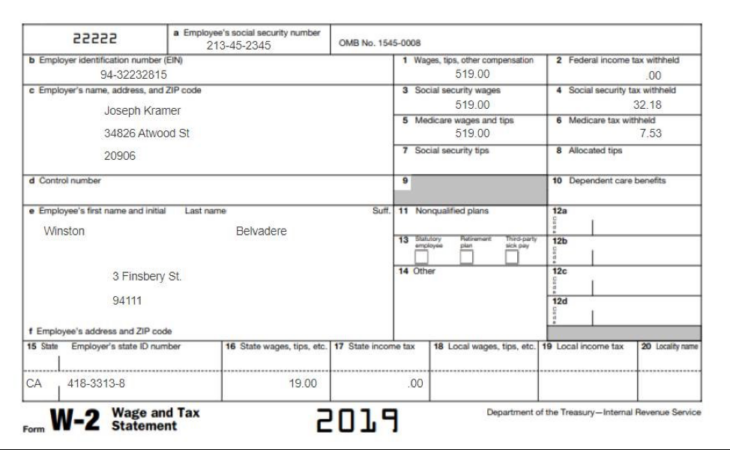Optimizing Your Reporting Capabilities With Pixel Perfect Reports
Operational reports enable organizations to deliver crucial information about operational activities in a precise layout and structure. They are typically distributed in various formats and individually customized to hundreds of thousands of users — whether as a PDF or document, via email or web browser.
One form of an operational report is a pixel-perfect operational report. Pixel-perfect reports are optimal for high-precision reporting. Examples include invoices, tax documents, and forms for regulatory compliance that need to be set exactly to spec. It is an essential feature for any modern analytics software.
What is Pixel-perfect Reporting?
It can be difficult to create high-precision reports at scale, especially when the report must conform to rigid formatting requirements. If you have a reporting tool that pulls data from a relational database and puts it into tax forms, for example, you’ll need to either build a copy of that form within the reporting tool before mapping the individual data to that form or find a tool that can let you overlay data elements on top of a blank form. While the latter seems like it should be more useful in our example, both methods have utility, and companies need reporting tools that can do both and much more — this includes banded reports, smart pagination, or scheduled reports.
To illustrate another example in which accurate reporting at scale is essential, think of the healthcare industry. Healthcare reporting might include synthesizing the output of multiple medical devices into a coherent chart that a doctor can read at a glance. It might also include financial statements, invoices, and compliance reporting, such as those required by HIPAA regulations. Averaged across a network of hospitals and offices, healthcare organizations need to generate large-scale reports, and many things (including patient health) depend on their accuracy.
Other types of reports, however, are much more complicated. These are multi-page and interactive reports that require a great deal of depth and organization in addition to their accuracy. Several features become useful when creating these reports, including:
- Advanced Formatting
Gain precise control over the properties of every report, and every object within that report. Don’t just place objects — create specific form grids and configure report attributes according to the shape of your data. - Template Design
Create a design-only view of your report using placeholder data—and without populating actual production data. This makes it easier to create templates without distractions and also lets designers set programmatic constraints on the size of various objects.
- Pagination
PDF reports often take place across multiple pages, which means that each page needs to have a meaningful amount of data — neither too dense nor too sparse. A reporting tool offers smart pagination logic that can automatically insert page breaks between or within objects of a report, making them more readable and understandable. - Scheduling Report Delivery
Users can automatically and securely schedule report delivery to desired recipients, customized as needed and in the format required. Reports can be sent in PDF, HTML, Excel, CSV, and other formats. Reports can also be run on daily, weekly, monthly, or custom schedules. - Data Engine
When operational reports need to support critical business decisions, interactivity is priceless. Turn static PDFs into dynamic webpages that support the ability to drill down and sort through the data that’s presented. This lets readers maximize their understanding and categorize their options before going forward.
InterSystems Optimizes Their Reporting Capabilities
InterSystems, a leading vendor providing analytics tools and data platforms for healthcare, business, and government, partnered with Logi to deliver reporting at scale for their healthcare customers. The reports needed to satisfy highly specific requirements, and they were able to achieve that with pixel-perfect formatting.
For some of their healthcare clients, InterSystems needed to generate up to 250,000 reports per day — this translates to approximately three PDF reports per second. By using Logi Symphony, they were able to meet these requirements at scale.
These reports run the gamut of complexity, ranging from simple PDFs to complicated tabular reports. InterSystems also needed more complex features and shifted from using base PDFs to more complicated web pages to provide interactive PDFs. This allowed their end users to drill through to get more information. Since Logi Symphony is designed to let users easily create layouts and interact with data at any level, InterSystems was able to quickly and efficiently meet all their reporting needs.
Lastly, Logi Symphony provided a familiar UI, and moving the data and fields around was easy. This ultimately allowed InterSystems to cut down on training time — instead of training their customers over several days, after a few hours, customers could quickly produce the reports they needed.
